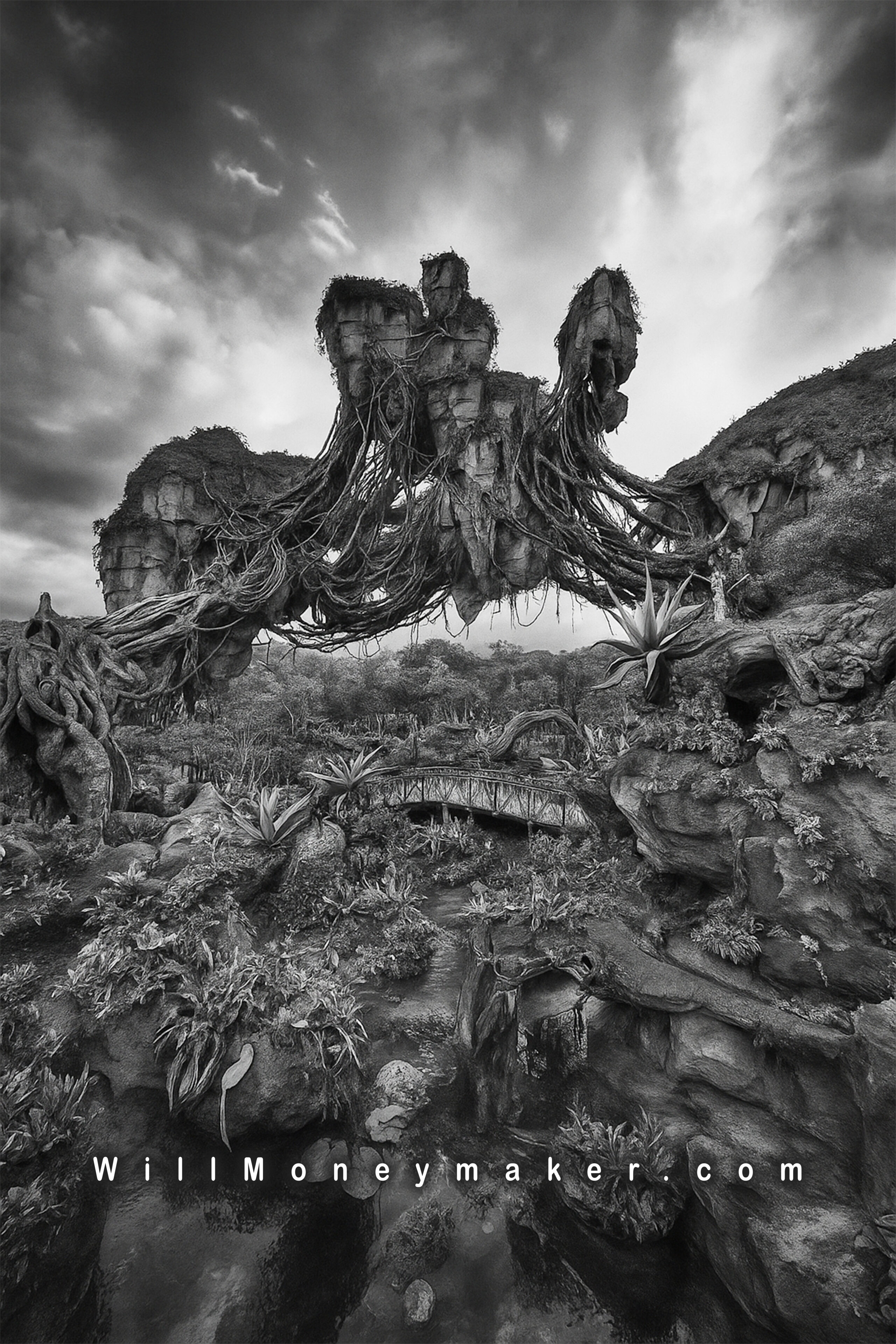What is it that makes a photograph powerful? There are dozens of arguments to be made, from subject material to compositions, colors and the quality of the image itself. Quality is one issue that I’d like to touch on. We, photographers, strive to produce the highest quality prints possible. It starts with the top-of-the-line gear and goes all the way through expensive processing software, photo paper and more.
And I’ll agree that if you can, if you have the capability to do so, then it is better to strive for the highest technical quality possible and the best prints that you can produce. This is how you will get the truest representation of the imagery and with things like archival papers, the longest lasting prints, too.
But now I’ll ask you to think about famous photographs that were made decades ago. Consider for a moment, the work of Ansel Adams — or any photographic great who worked decades before your time. These photographs are all still just as powerful today as they were on the day that they were created. And all of this is despite the limited technology that photographers of yesteryear had at their disposal.
Using Adams as an example, consider the fact that he didn’t have access to the tack-sharp cameras and lenses that we have today. He didn’t have printers capable of printing the extreme high resolutions that we can achieve. There was a myriad of limitations to his photography and yet, to look at his images, one quickly realizes that despite the technological limitations he faced, he was still able to create something that would remain powerful, even through more modern times.
So, it’s safe to assume that it's not the technology that makes a photograph powerful. What, then, is the secret to powerful images? I’m sure there are many secrets, more than I can possibly think of, but here are a few things that can help you think about what it takes to create meaningful images.
Conflict Leads to Powerful Imagery
The idea of conflict summons up images of war photography or people having an argument but that’s not the type of conflict that I’m referring to. When I speak of conflict, what I really mean are those odd juxtapositions that really make a viewer pause to consider an image. As a basic example, consider a stop sign that has had the word “go” spray painted on it. Or, a crumbling, decrepit house in a row of otherwise pristine residences.
This is the is the type of conflict that makes a viewer wonder why it should be so. Who thought to paint “go” on a stop sign, and why? Why is this one home in a line of beautiful houses the one that is falling apart? What circumstances led to these out of place things existing? When you introduce conflict, you beg the viewer to ask these kinds of questions and thus, you give them a reason to think more about the image. Because of this, the image becomes more powerful.
Storytelling is Important
As photographers, we’re trained to tell a story with our images but sometimes, that’s easier said than done. Part of the struggle with photography is finding new ways to tell stories that someone else has probably already told with their own images. Consider sports photography, for a moment. In this genre, a large part of the goal is to capture players making a play, to freeze a moment of spectacular action in time. And, there is nothing wrong with this, nothing at all.
But, over the course of many years, these kinds of images have become quite commonplace and because of that, they sometimes lose some of their power. Every newspaper in the United States features this kind of photography in their sports sections. We’ve all seen basketball players making slam dunks and football players catching passes — and we’ve seen it everywhere from high school sports to the professional level.
So, knowing this, how can you make something unique and powerful revolving around sports? The answer is storytelling, but storytelling from a different perspective. Instead of telling the story from the player’s point of view, perhaps you should include the back of someone’s head in an image, thus telling the story of an excited fan watching his or her player make an amazing play. This is just an example, of course, but one way to make a rather mundane subject material attention-grabbing is to find an unusual perspective that hasn’t been well-documented.
Realism can Help
Which photograph holds more power over a viewer? The photograph of a perfect model, standing in a strangely contrived pose that no one would ever naturally stand in, with perfectly airbrushed skin, not a single hair out of place? Or, a photograph of an old man, working in his garden, wrinkled hands darkened with soil, his face lined by many long years of toiling away in the sun and wind?
One photograph shows us the impossible: Skin that cannot possibly be so smooth without digital intervention, eyes a bright white that does not occur naturally, hair smoother than any stylist could possibly make it and so on. The other image shows reality, a real person, with all his flaws, scars that were hard won by the realities of that man’s life.
This isn’t to say that the photograph of the model cannot be powerful. But, in many cases, images that include the natural, photographs that don’t seek to hide the imperfections of reality, those are the images that make the most impact. Why? Because they are not simply a representation of beauty but a representation of real life and what that means for all of us.
Of course, these are only three suggestions for creating a powerful photograph. The intent is to illustrate that it isn’t so much technical or technological perfection that gives a photograph lasting meaning. More, it is the ethereal, abstract qualities that keep viewers riveted for decades.






